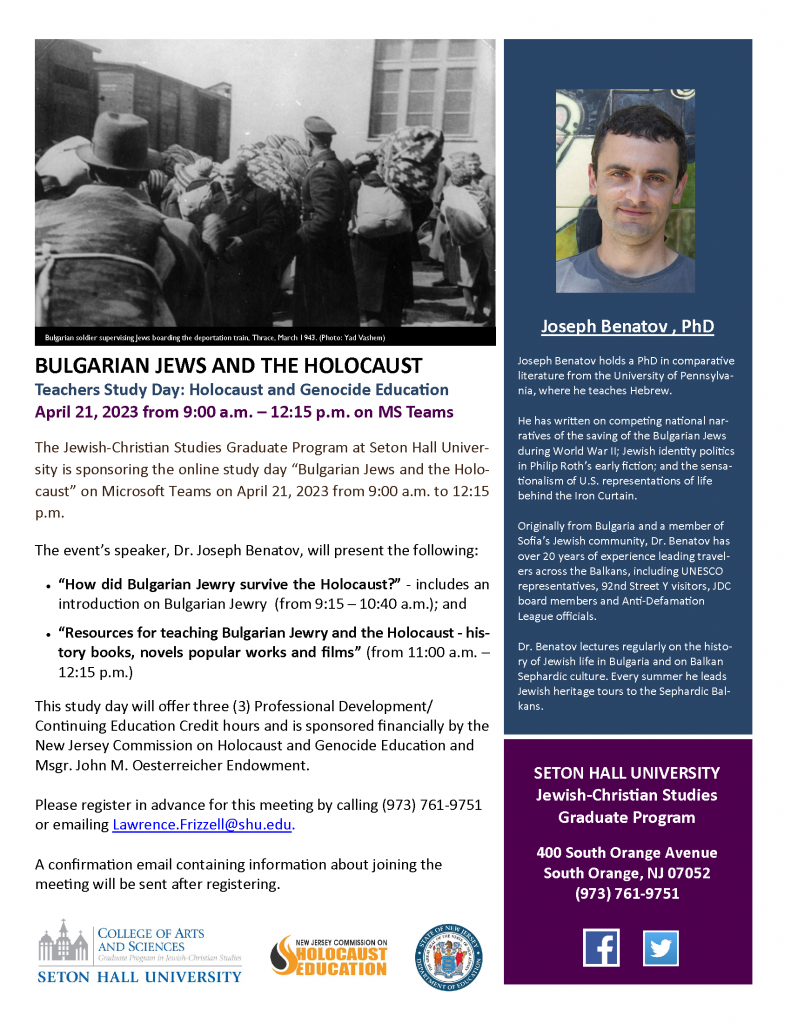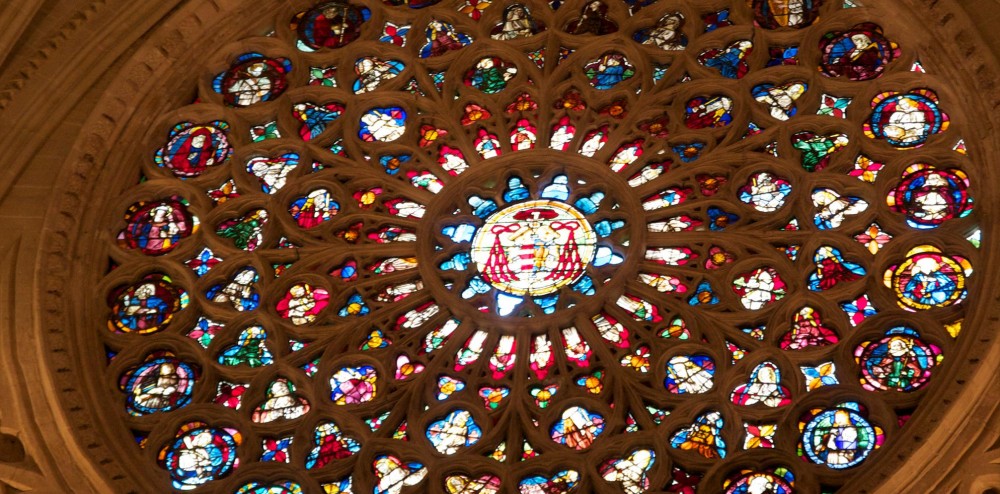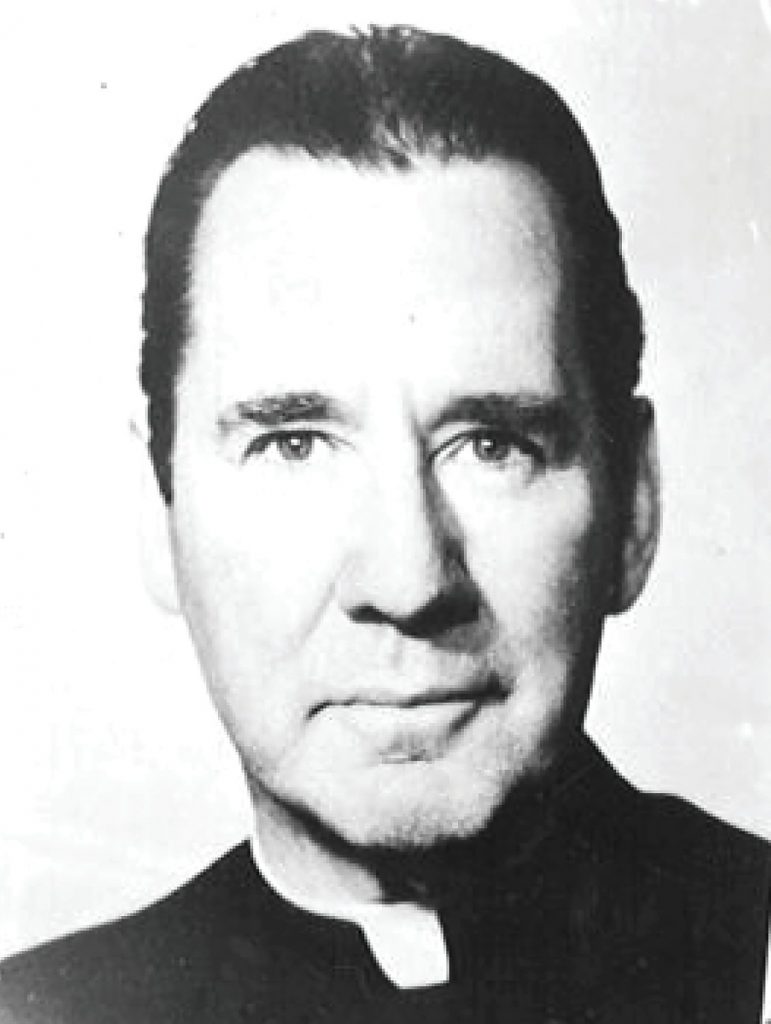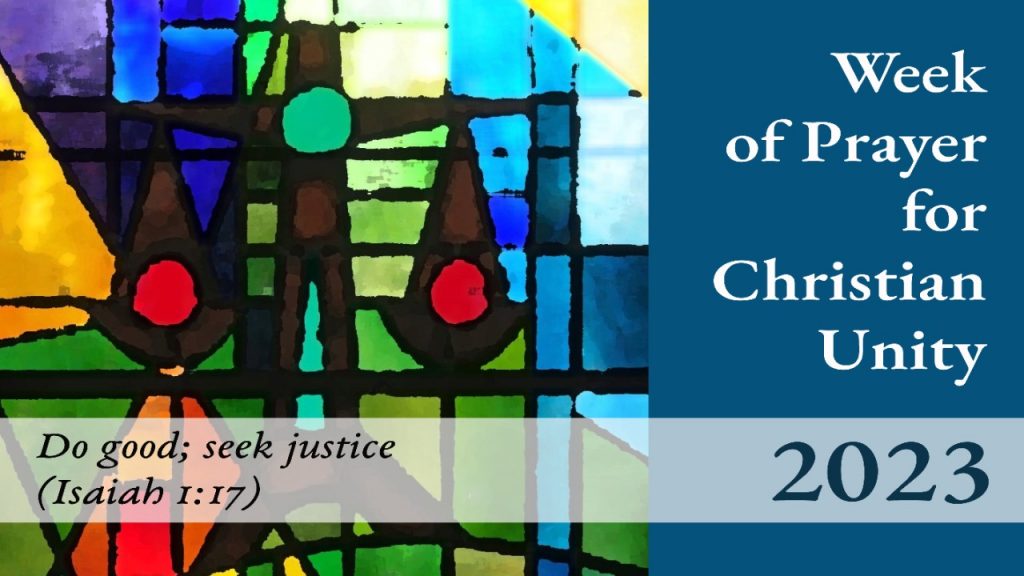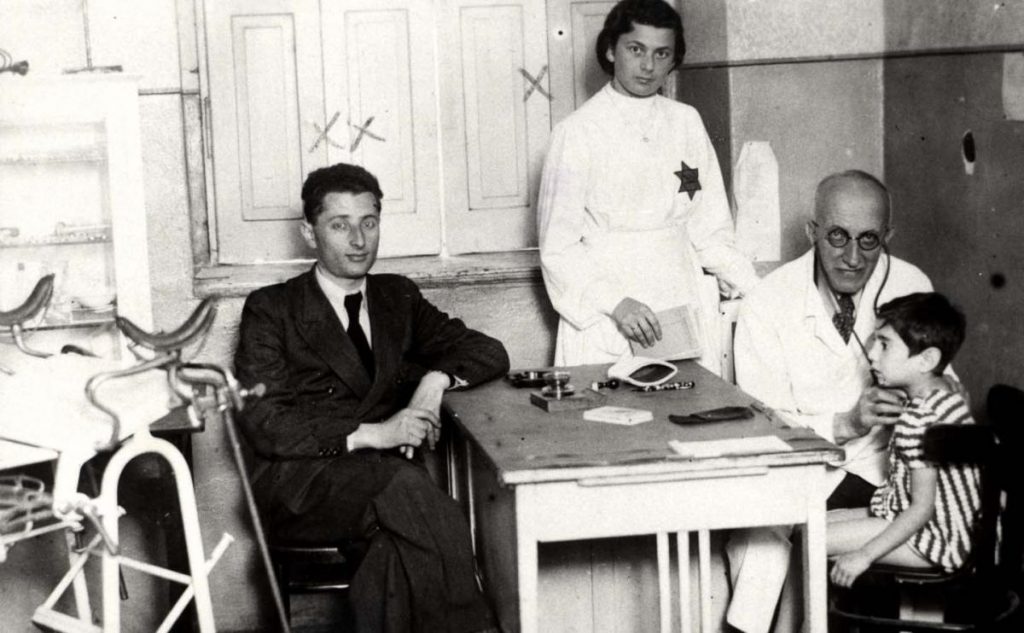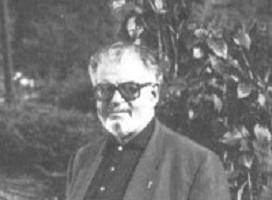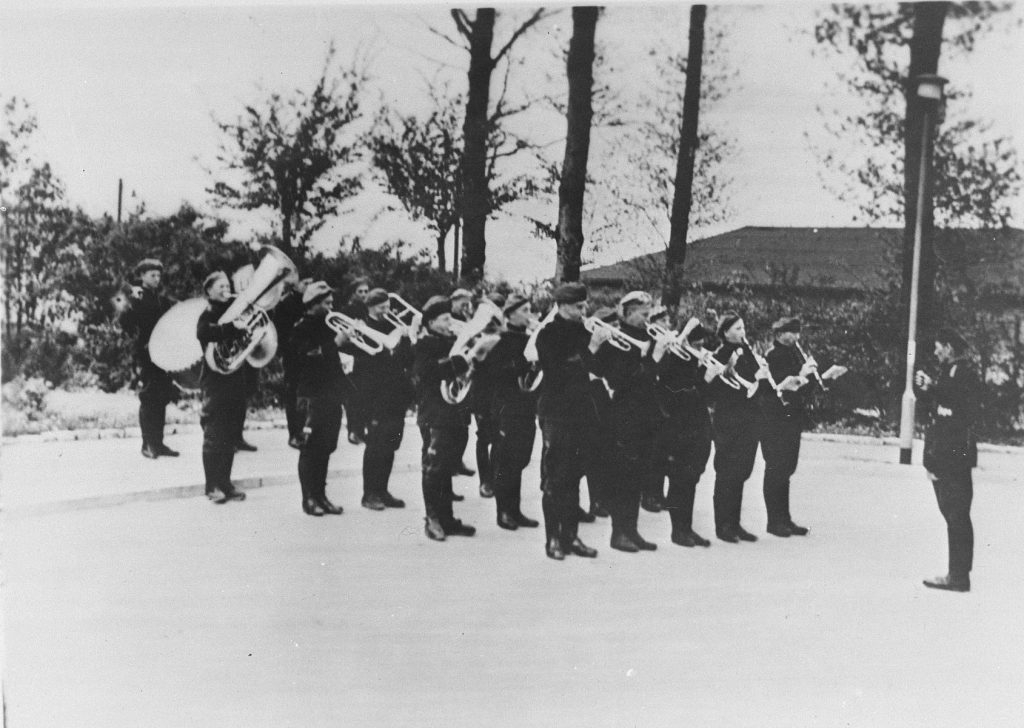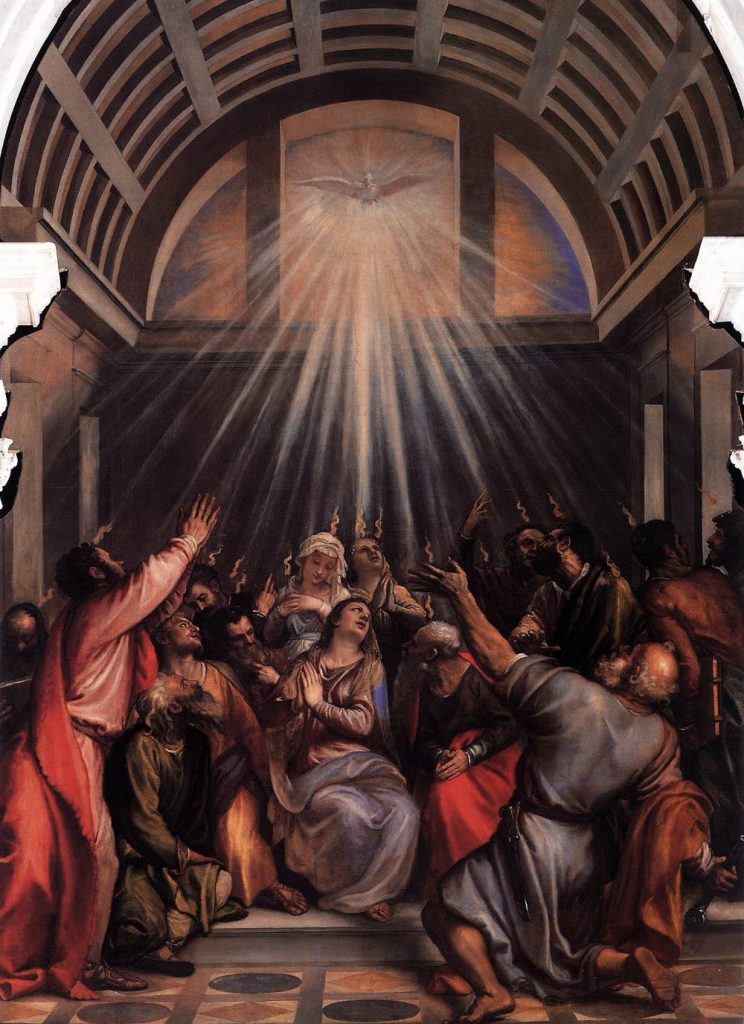
A copy of Titian’s “The Descent of the Holy Ghost” appears on the cover of the updated “Directory for Catechesis.” Titian / Public domain
The rapid changes brought about in the international response to the Covid-19 pandemic have been overwhelming to many. However, leaders have stepped forward to assist people in adapting in the face of grave exigencies. Our increasing dependence on the internet has accelerated, but already the challenge was recognized in many religious communities. A recent publication of the Holy See (“The Vatican”) provides insights into the Church’s effort to respond to the difficulties and opportunities that the Church sees on the road ahead.
The Pontifical Council for the Promotion of the New Evangelization has issued the third Directory for Catechesis since the Second Vatican Council (1962-1965). The preface notes that a span of 26 and 23 years separates these documents, the second building on the Catechism of the Catholic Church and the third on the Synod on the New Evangelization for the Transmission of the Christian Faith, followed by the Apostolic Exhortation, Evangelii Gaudium, of Pope Francis (2013). The new developments that challenge the Church are “the phenomenon of digital culture and the globalization of culture” (p. 4, italics in the original).
The Directory refers to the kerygma, which in ancient times was a herald’s brief proclamation of important news. For Christians, the kerygma is the brief proclamation of the Death-and-Resurrection of Jesus (Romans 4:25; 1 Corinthians 15:3-4) in its salutary impact on the world, as accepted by the faith-filled community. “All Christian formation consists of entering more deeply into the Kerygma, which is reflected in and constantly illumines, the work of catechesis…” (Evangelii Gaudium 164-165).
Many points in this Directory of 278 pages should be pondered by Catholic teachers of our faith. I draw attention to Chapter X, “Catechesis in the Face of Contemporary Cultural Scenarios.” Here one finds reference to the context of inner-Christian ecumenism and catechesis in relation to Judaism. The two sections on Catholic-Jewish relations are rooted in the Second Vatican Council Declaration on the Church’s Relation to Non-Christian Religions (Nostra aetate) and documents from the Pontifical Commission for Religious Relations with the Jews:
Thanks to her Jewish roots the Church is anchored in salvation history. To understand better some aspects of her own life, the Church brings back to light the spiritual riches preserved in Judaism. The goals of dialogue will also include a firm stance against all forms of anti-Semitism and the shared commitment to peace, justice, and development among peoples (347).
Catechists on every level must teach that Jesus was a Jew at home in the Jewish tradition and “was decisively shaped by this religious milieu.” They must emphasize the unity of the two Testaments and that “the New Covenant does not replace God’s Covenant with Israel” (348).
The next section, “Catechesis and Digital Culture,” presents the positive and negative aspects of a new culture, “changing language, shaping mentalities and restructuring value hierarchies” (359). This technology can extend and enrich human cognitive capacities, but this environment may promote loneliness, manipulation, exploitation and violence. “These closed circuits facilitate the spread of fake news and false information, fomenting prejudice and hate” (361).
The challenge in this new context is to move “from religious information to accompaniment and to the experience of God…Catechesis is called to find adequate means for addressing the big questions on the meaning of life, corporeality, affectivity, gender identity, justice and peace…” (371). The goal of religious instruction is to foster a transition “from the individualistic and isolated world of social media to the ecclesial community, the place where the experience of God creates communion and sharing of life” (372).
Building on the Catechism of the Catholic Church and recent magisterial documents, catechesis must deal with questions of bioethics (373-378), the integrity of the person (379-380), environmental engagement (381-383), options for the poor (385-388), social engagement (389-391) and the work environment (392-393).
Within the Christian and Jewish communities many teachers are grappling with the various challenges integral to the communication of faith to the younger generation, as well as “lifelong learning,” so emphasized in the Jewish tradition. There may be ways of building upon the responses being made to the rapid moving and global outreach of the technology that shapes our societies in so many ways. Are there approaches that can be shared?
